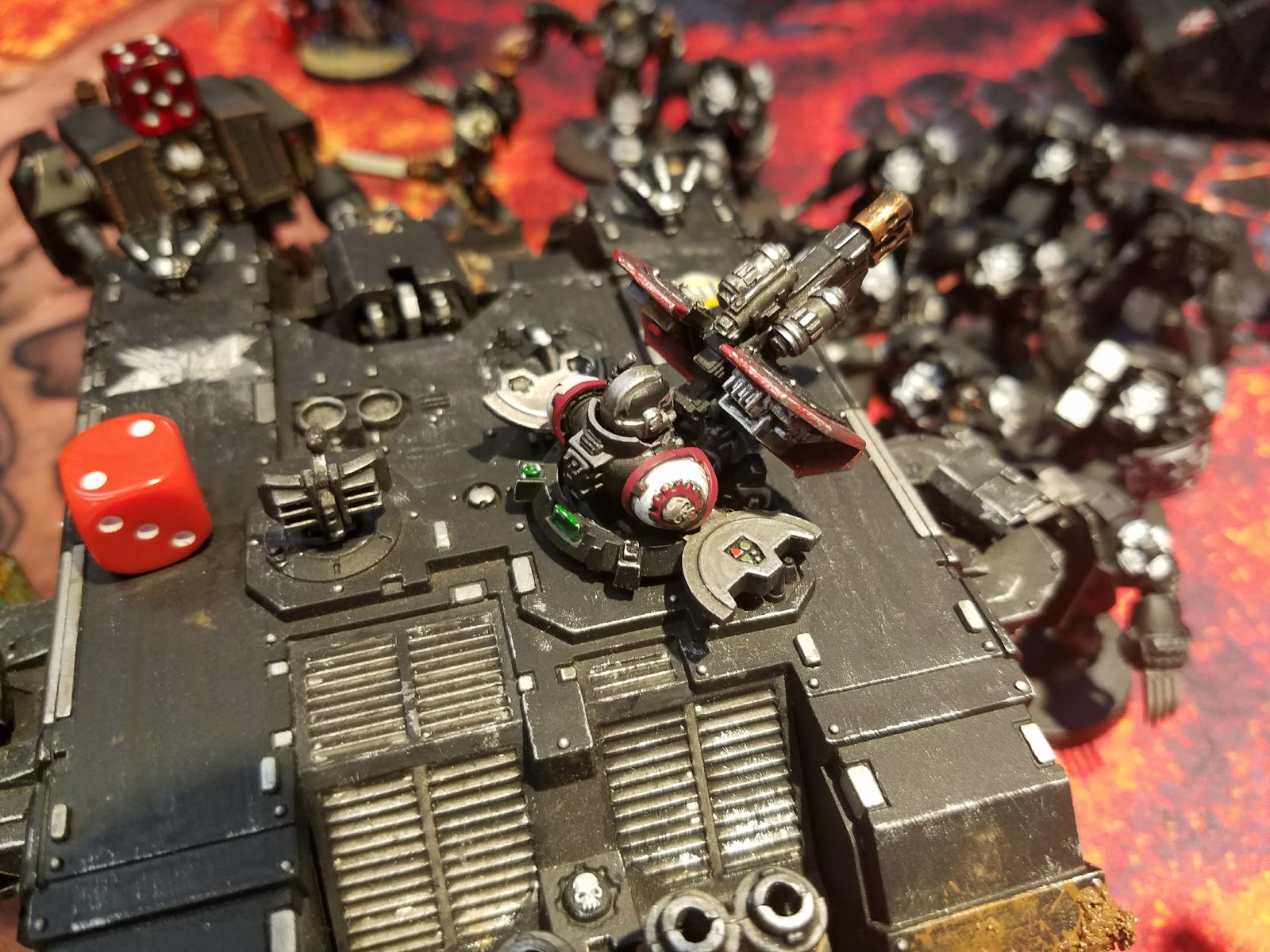

This led to certain patterns of interaction, and in my reviews from time-to-time I note cards that are basically better when your. It was relatively rare to see 4 tuned, competitive decks in the same pod, so the meta of cEDH largely consisted of cards that were good against bad decks. going up against three weaker, untuned opponents. Originally "cEDH" was such an uncommon format that playing competitive was more akin to pubstomping, e.g. What all of these decks had in common, and what eventually forced them out of the competitive meta, were two factors: Speed, and the meta. Zur, either with necropotence or bea- down or some combination of the twoīoonweaver, a deck that functioned as a way to get pattern of rebirth and recur creatures repeatedlyĬurios Niv-Mizzet, based on putting a "draw when damages" effect on Niv-Mizzet, like Curiosity Many of these decks are still around in some form, but some of them have disappeared almost entirely:

Long ago, in the Great Before Time, Commander exploded in popularity as a format, giving birth to more competitive spirit, and many more competitive decks were born.


 0 kommentar(er)
0 kommentar(er)
